I’ve long been a fan of Great Coasters International Inc. (GCII), known for their twisting, fast, wooden coasters. I considered myself incredibly lucky when they built Gold Striker in 2013 at California’s Great America, one of my local parks, and that California is now home to three excellent GCII coasters. I recently had a chance to ask GCII’s lead design engineer, Adam House, some questions about how the process of designing and building a GCII coaster works, and what goes into the designs of their coasters that makes them special. Adam’s been with Great Coasters since 2007, and has worked on both the development of their Millenium Flyer trains and on design of new coasters.
On How a New Coaster Gets Built:
C101: So, how does a brand new coaster project get started? Does the park reach out directly to you, is there a general request for proposals sent to all roller coaster makers, or something else?
Adam: Typically, a park will reach out to the manufacturer knowing the type of roller coaster they want, i.e. wood or steel. They generally have some list constraints that they give us. Usually these constraints include budget, ride specs (height, length, speed), and capacity. Occasionally, the park will give us two or more potential sites to use within the park and they look for feedback and potential layouts for each site from us and other wooden roller coaster manufacturers.
C101: Once the project starts, how closely do you work with the park on the design? Do the parks have specific ideas in their heads already, or are they usually open to anything?
Adam: I would say that most of the time parks are pretty open to let us decide the overall layout of the ride. There have been several occasions where we come up with two or more layouts for one site, or we go through several iterations of one ride, improving it along the way. As I said before, the park usually has an idea on the height and length of the ride, as well as the potential location within the park, but when it comes down to it, we have a lot of freedom to create a fun and exciting ride. Essentially, that is the whole reason we love building coasters; to use our freedom and creativity to build a way for park guests to have fun. I always say that my job is to help others to get away from their jobs, if only for a few minutes!
C101: How long does the design phase typically last from when the project kickoff, and at what point does manufacturing of parts get started? Are there things that are ordered and built before the design is completed?
Adam: From the initial proposal to the final design, it usually takes anywhere between three to four months. Obviously when this is finished, we as engineers don’t just walk away from the project. We are constantly improving drawings, making modifications, and supporting our construction crews by answering various questions. Manufacturing and procurement will generally take place immediately after a contract signing, especially on wood and hardware. This gives us a jump on overseeing the manufacturing process and verifies we will have materials in time to begin construction on, or ahead of schedule. Train manufacturing will begin after contract signing as well, but typically train assembly doesn’t begin for another four to six months. Obviously the parts need to be manufactured, tested, and prepped during this phase, prior to assembly.
C101: How closely do you guys oversee the construction and manufacturing work? Is most of it manufacturing/construction contracted, or built in house by you guys?
Adam: The construction of the coaster is performed by our GCII crew of carpenters. Great Coasters is the only wooden roller coaster manufacturer that designs our rides, builds our rides, and assembles our own rolling stock. We are a fully turnkey operation and do all of our work in house. Manufacturing for things like trains is done by local manufacturers in Pennsylvania that really know our products well. We do visit their shops throughout the manufacturing process to see how progress is going and to preform nondestructive testing as required.

All constructed by in-house teams.
C101: Something I’ve always been curious about is how much of the mechanisms are custom designed versus standardized across all your rides? Meaning, do all of your coasters use basically the same type of motors/lift chain systems/controllers/etc., or are they customized based on what each ride requires? Put another way, if I looked “under the hood” of something like Apocalypse at Six Flags Magic Mountain and Gold Striker, would it be pretty much the same?
Adam: Generally, all of the mechanics for the ride are the same. Really the one driving factor is the length of the train. We would use a smaller motor and appropriate mechanical components for a six car train versus a twelve car train. The main reasoning for keeping things consistent is that if a park calls to order a part, we don’t have to special order it. We generally keep one or more on hand at our headquarters due to the quantity of our rides that use that part.
C101: How much are you guys involved with designing the theming around the ride? Does it depend on the scope of the theme (for example, on Gold Striker the theme is mostly related to the design of the station and trains, whereas on something like Terminator/Apocalypse, there’s a lot more going on)?
Adam: Typically all theming aspects are performed by the park. Actually, if the theming will be extensive, similar to Apocalypse, we find out about it during the design and planning stage so that the theme can dictate some of what the ride does, or needs to do. We do have the ability to add theming aspects to the trains, but the details of the theme are decided on by the park.
C101: Once the ride is built, how much are you involved in the maintenance and operations? Is there scheduled rework after a certain time (like re-tracking)?
Adam: At GCII, we pride ourselves in building the highest quality wooden roller coasters in the world. We have taken a lot of time to improve and perfect our product, so much so that we do not call out a recommended time for track repair. Typically on our rides, the track repairs are so miniscule that they are simple repairs that a crew of employees from the park can easily perform. Obviously, we give the parks direction with off season rehab and maintenance, but as far as a time line to track work, it is just at the discretion of the park. After the ride commissioning, we go through a week or more of training with park personnel with what to look for during maintenance and safety checks as well as proper operation of the ride. This all ties into what I typically tell people is the advantage to a wooden coaster; it can last forever. Through proper care and maintenance of a wooden roller coaster, there is no limit to the life of the ride.
On the Design of GCII Coasters:
C101: From your point of view, what makes a GCI coaster unique? Why is it that I can always tell when I’m on a GCI coaster?
Adam: With a GCII coaster, we always like to incorporate a few things. The key features are the many directional changes. Our Millennium Flyer trains were specially designed to be able to maneuver our super twisted track layouts, and we always like to push the limits to what our trains can do.
The other thing we do that sets us apart is provide the smoothest ride you can get on a wood coaster. Our designer, carpenters, and track crews are specially trained and highly skilled at what they do. We want you to get off of our ride and not feel like you were on a rough, old school, wooden coaster; we want you to know you just rode a Great Coaster!
C101: GCII coasters alwasy do a great job of “feeling fast,” are there tricks you use to get that feeling?
Adam: Mixing high speed directional changes and progressing the pacing of the ride are really the big tricks as to how we make rides “feel fast” from start to finish.
C101: How would say your coasters have evolved over the years?
Adam: The biggest change is the complexity of the shapes. I think this translates over the history of the roller coaster as a whole. Look back at the classic out and back rides. They were simple lines and parabolas, but were really fun rides. We have taken those same fun, exciting elements and evolved them to into twisted, complex shapes. I think you can see, and most importantly, feel this difference, especially in comparing two rides like Wildcat and Lightning Racer, both at Hersheypark.
C101: Similarly, are there clear things you try to do differently on new coasters compared to how they were on old ones, or things you’ve learned from past designs that really worked and things that didn’t work?
Adam: Interestingly enough, one of the best ways we make changes to our rides are by riding our existing rides. Granted, there are new elements that we try to come up with to see how they will feel, but a lot of the time, we ride our rides and say, “Wow, that part of the ride turned out really good, I want to try and keep that feel.”
We also look to make tweaks to existing elements. We may take a twisted element that we like and blend it with a really fun and exciting airtime hill to change an experience that we did on an older ride. The big key here is that we want to make a super twisted, super exciting rides, but not give up that smooth, GCII feel.
C101: Related to how your rides have evolved over time, do you guys feel pressure from the industry and the customers to innovate constantly? Do you foresee making any big changes to how your rides are built or designed, or do you find customers are happy getting really well designed coasters even if they don’t have any kind of crazy new gimmick?
Adam: You know, I think there will always be customers that want the “new” or “first-of-its-kind” product, but in the same token, I think there will always be a market for the classic wooden coaster. We are constantly trying to come up with new and unique ideas, and of course the most important things on our minds are always safety and customer satisfaction. To succeed you need to be able to evolve and change, and GCII will always be willing to go where the market goes. We strive to be the leader in this industry and be the driving factor in where the industry is headed.
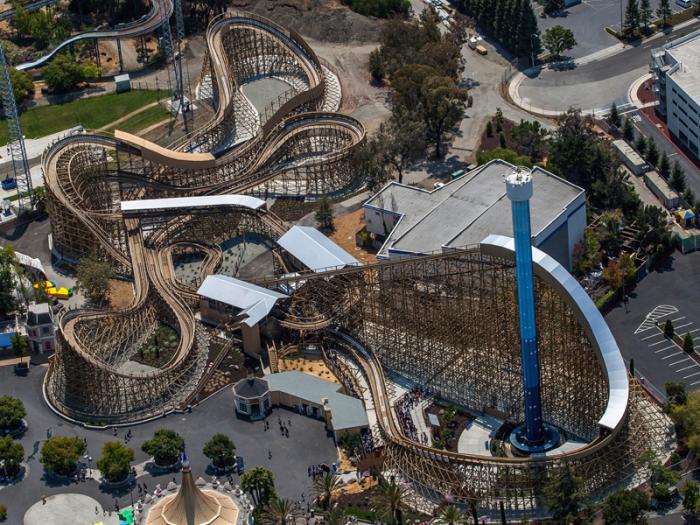
One of GCII’s most recent, and one of my favorites, Gold Striker! Filled with twists, turns, and lots of air!
Huge thanks to Adam House and Great Coasters International, Inc. for talking to us! They’re currently working on the tallest, fastest, and longest wooden coaster in China, The Viper, scheduled to open this year, and there are some great pictures of the construction on their Facebook page (https://www.facebook.com/GreatCoasters) and in their Twitter feed (https://twitter.com/GreatCoasters). You can also find out more about them on their website here.
So, do you guys have a favorite GCII coaster, or have any thoughts on why they’re so dang good? Let us know!

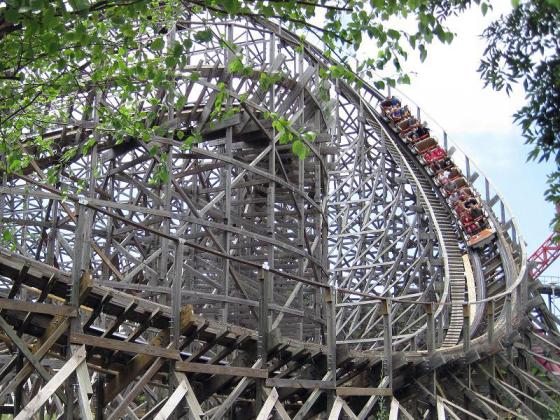

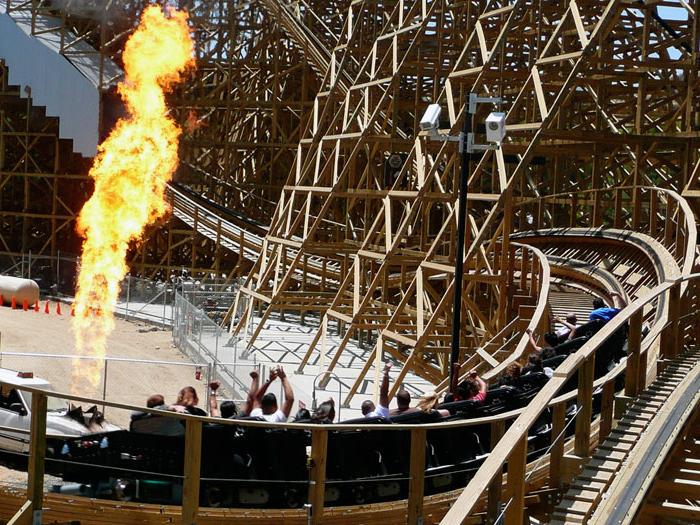

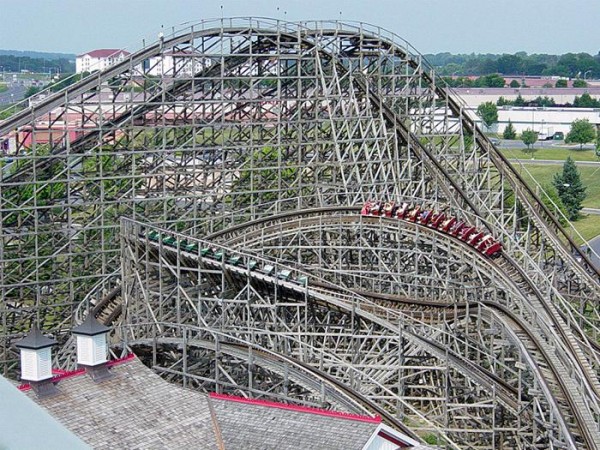
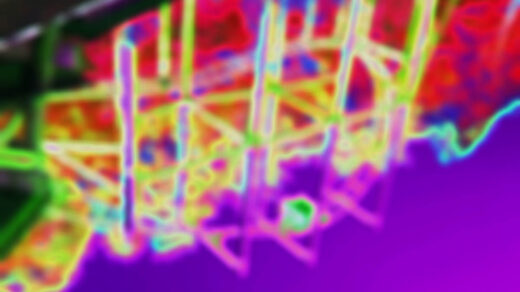
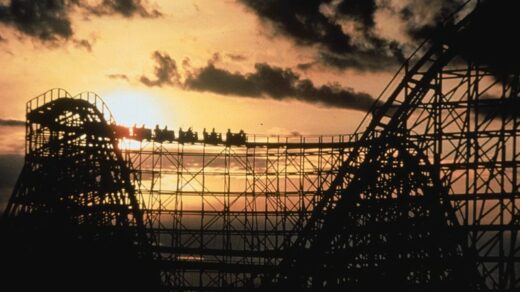
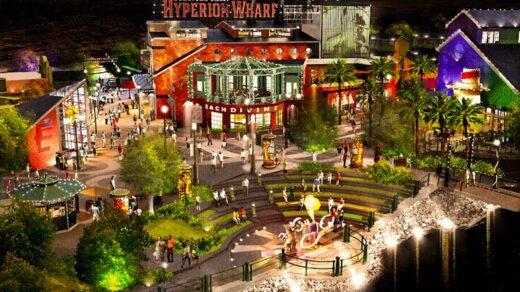





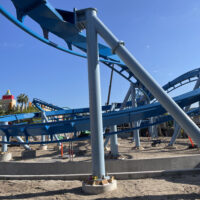





Coaster101, do you mind deleting the “increase height workout” spam comment?
Doesn’t Rocky Mountain Construction design, build and make their own trains, too?
My question to him would be why does Lightning Racer ride so much better than Wildcat at Hershey?
HEEYO